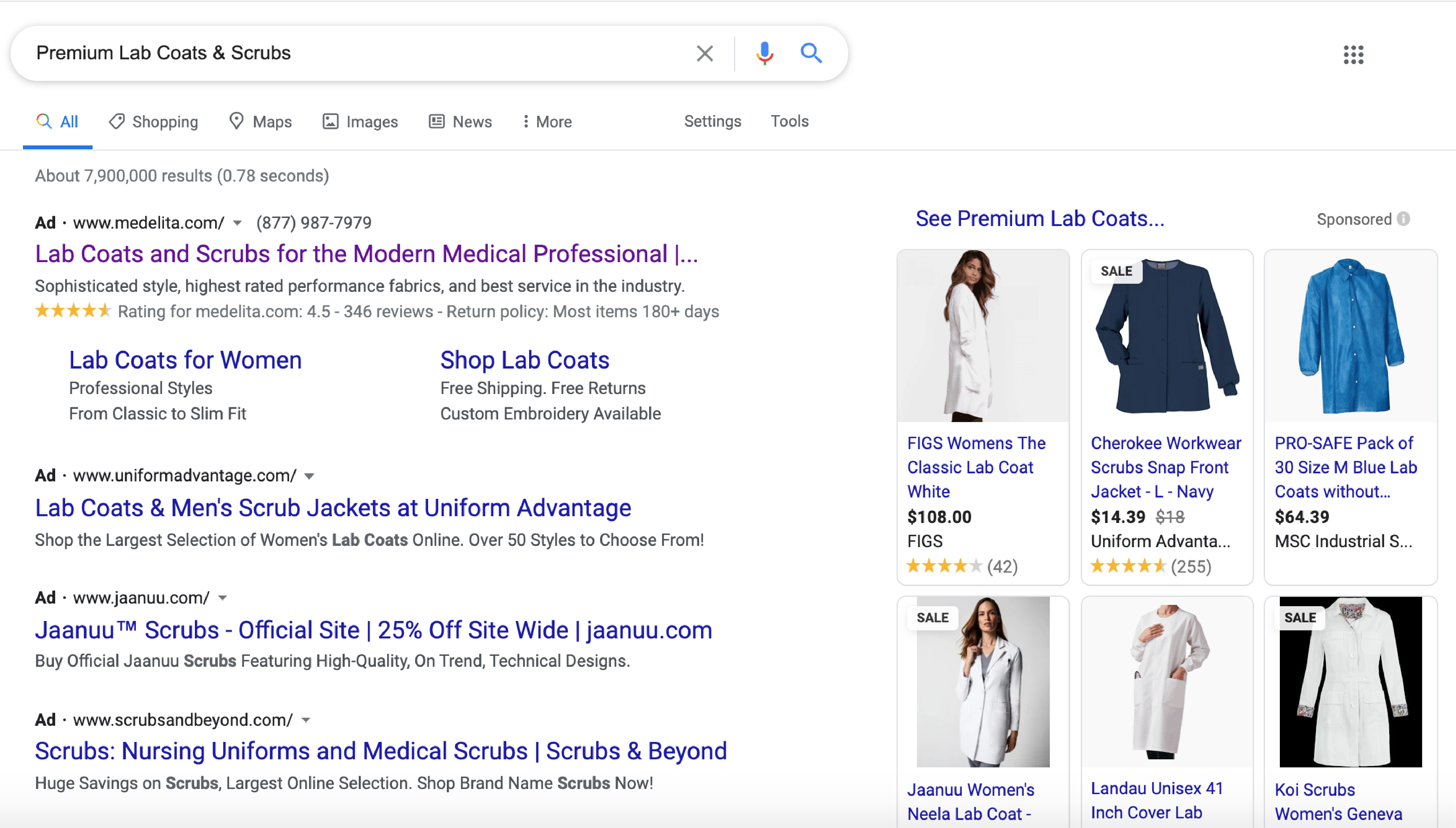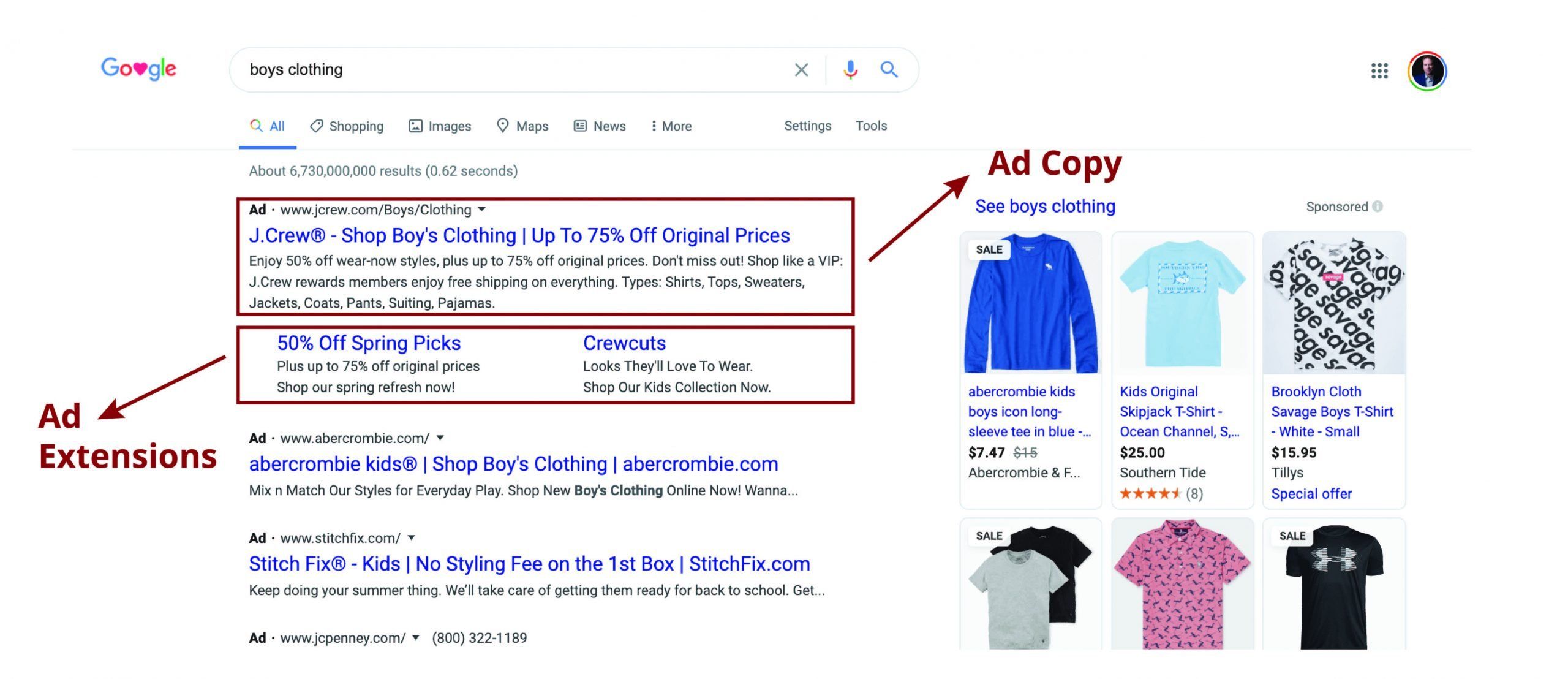
Competition in the eCommerce space has always been fierce and as we now find ourselves in a world where eCommerce seems to be growing into a more prominent and vital role this competition will only increase. One way to separate yourself from your competition is by creating and maintaining solid Search Ads. Whether you’ve neglected your campaigns and let them run on auto-pilot or if they’re just due for a refresh, there’s no better time than the present to bring them up to speed.
But what is most important to pay attention to as you work to improve your Search Ads/Campaigns? In this guide we’ll take you through a maintenance checklist that will help you troubleshoot, improve and refine your search ads on both the Google and Bing Ads platforms.
Quality Score
Quality Score is tied directly to how your ads perform and how often they are served in both Google and Bing Ads. There are three metrics that contribute to how overall Quality Score is determined: landing page relevance, expected CTR and ad relevance. Ads are “scored” for each of these metrics as above average, average and below average. These scores can give an idea of how your keywords are performing for your ads. If they are performing poorly, we recommend these steps to improve quality score – it all revolves around the relevance of the search query:
Organize your ad groups in a way to optimize quality score. It’s best to have fewer keywords per ad group to help ensure your ad copy is as relevant to your target keywords as possible.
- Optimize ad copy for your keywords – use your target keywords in the headline and line two.
- Ensure your ads are leading to the best landing page available on your site, or create a new one if it will help with relevance. Likewise, optimizing your landing page to improve click through rate and engagement will assist with quality score.
Search Terms Report
Make time to look through the search term reports in each ad group. This report will give you the best indication of what shoppers are interested in because it shows you the queries that are triggering your ads. You can see which search terms are getting the most clicks, if any have converted and which search terms are costing you the most money. This data will help inform decisions about determining negative keywords, new ad groups, new keywords, etc. If there is an abundance of common search terms, you can break those into separate, tighter ad groups.
Ad Copy
Adcopy should always focus on the keyword the ad group is built around. It is a best practice to put the keyword in the first headline. This makes the ads as relevant as possible to the queries being targeted through your keyword groups. Maximize the space available in each headline, description and extension. Do not “keyword stuff” but try your best to use all the space available. Keep ad copy focused, up to date and fresh.
Blanking on adcopy? Use these resources for inspiration;
- Previous search query reports to better identify with how people actually search.
- Keyword Tools such as Answer the Public
- Borrow copy from the landing page to help with relevant verbiage and even improve your quality score.
- Product Pages often have features and benefits you can use in your ad copy.
- Search Engine Results Pages to review what competitors are saying.

Ad Extensions
Audiences are a great way to maximize spend. By creating different types of audiences and using segments from analytics to create audiences, it becomes easier to find and bid up on engaged audiences. There is no harm in creating and adding audiences to all ad groups. (Harm can only be done when bidding on them.) Take the time to thoughtfully create audiences, watch how they behave in each adgroup and bid accordingly.
Audiences
Audiences are a great way to maximize spend. By creating different types of audiences and using segments from analytics to create audiences, it becomes easier to find and bid up on engaged audiences. There is no harm in creating and adding audiences to all ad groups. (Harm can only be done when bidding on them.) Take the time to thoughtfully create audiences, watch how they behave in each adgroup and bid accordingly.
Devices
Keep an eye on device performances. Be sure to look at how users interact with your ads on devices. Keep to the intention of investing in the devices that are most likely to convert. If there is a device that is converting more than others, you can bid up on that device.
Return On Ad Spend
Return On Ad Spend or ROAS is key to tracking performance and likely will be the metric your clients care about the most. Keeping an eye on this metric is essential in determining the overall performance of ad groups. Something to keep in mind while evaluating this metric are the return in relevance to the price of the product or products linked to in the ad.
Conclusion
At InteractOne, we don’t just build and maintain eCommerce sites, we also market them. We’ve learned that it is more important than ever to have strong and efficient Search Ads, especially in today’s constantly shifting marketplace. If you’d like to learn more about how we can improve your Search Ads and their results contact us today.

